Chapter: Civil : Foundation Engineering : Shallow Foundation
Shallow Foundation
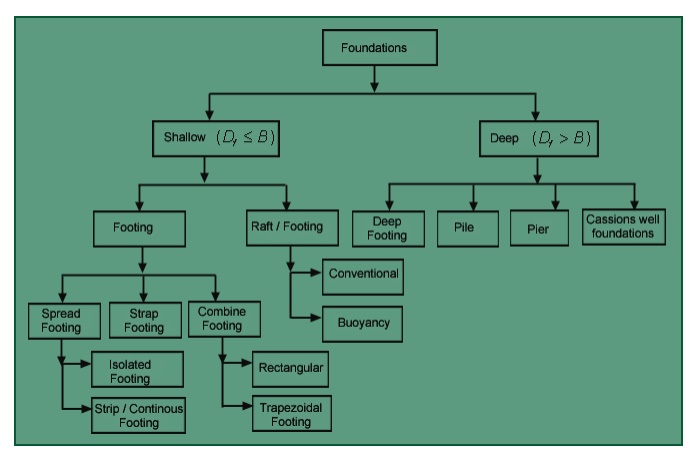
SHALLOW FOUNDATION
Introduction
A foundation is a
integral part of the structure which transfer the load of the superstructure to
the soil. A foundation is that member which provides support for the structure
and it's loads. It includes the soil and rock of earth's crust and any special
part of structure that serves to transmit the load into the rock or soil. The
different types of the foundations are given in fig. 4.1
Different types of footings
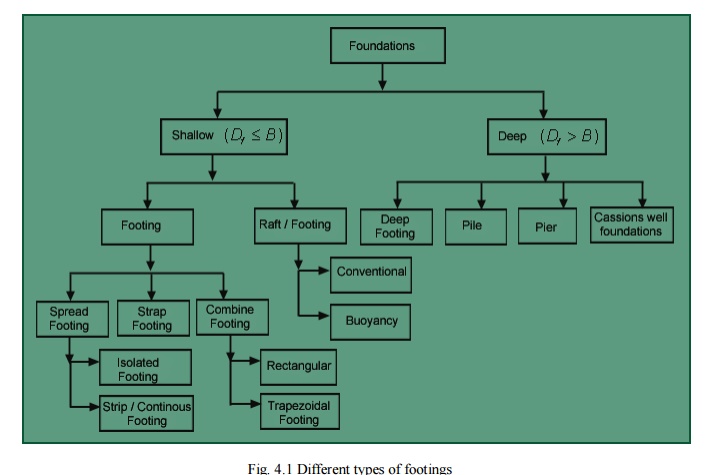
Fig.
4.1 Different types of footings
Methods of determining
bearing capacity The various methods of computing the
bearing capacity can be listed as follows:
Presumptive Analysis
Analytical Methods
Plate Bearing Test
Penetration Test
Modern Testing Methods
Centrifuge Test
Prandtl's Analysis
Prandtl (1920) has
shown that if the continuous smooth footing rests on the surface of a
weightless soil possessing cohesion and friction, the loaded soil fails as
shown in figure by plastic flow along the composite surface. The analysis is
based on the assumption that a strip footing placed on the ground surface sinks
vertically downwards into the soil at failure like a punch.
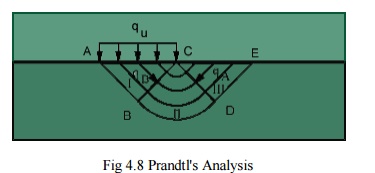
Prandtl analysed the
problem of the penetration of a punch into a weightless material. The punch was
assumed rigid with a frictionless base. Three failure zones were considered.
Zone I is an active
failure zone
Zone II is a radial
shear zone
Zone III is a passive
failure zone identical for O=0
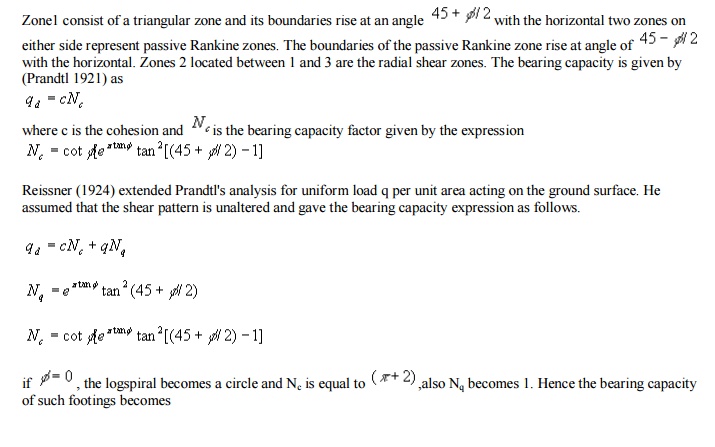
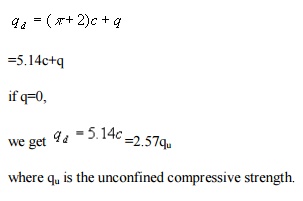
Terzaghi's Bearing Capacity Theory Assumptions in
Terzaghi's Bearing Capacity Theory
Depth of foundation is
less than or equal to its width. Base of the footing is rough.
Soil above bottom of
foundation has no shear strength; is only a surcharge load against the
overturning load
Surcharge upto the base
of footing is considered.
Load applied is vertical and non-eccentric.
The soil is homogenous and isotropic.
L/B ratio is
infinite.
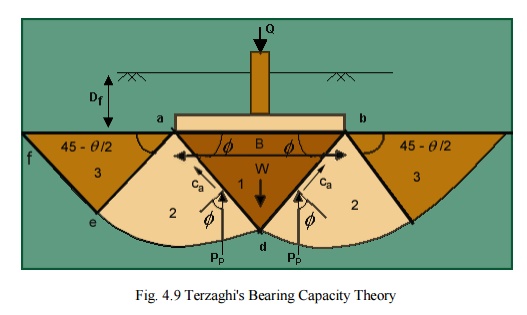
Consider a footing of
width B and depth Df loaded with Q and resting on a soil of unit
weight r. The failure of the zones is divided into three zones as shown below.
The zone1 represents an active Rankine zone, and the zones 3
are passive zones.the boundaries of the active
Rankine zone rise at an angle of 45+a/2, and those of the passive
zones at 45 - a/2 with
the horizontal. The zones 2 are known as zones of radial shear, because the
lines that constitute one set in the shear pattern in these zones radiate from
the outer edge of the base of the footing. Since the base of the footings is
rough, the soil located between it and the two surfaces of sliding remains in a
state of
equilibrium and acts as
if it formed part of the footing. The surfaces ad and bd rise at a to the
horizontal. At the instant of failure, the pressure on each of the surfaces ad
and bd is equal to the resultant of the passive earth pressure
PP and the
cohesion force Ca. since slip occurs along these faces, the
resultant earth pressure acts at angle a to the normal on each face and as a
consequence in a vertical direction. If the weight of the soil adb is
disregarded, the equilibrium of the footing requires that
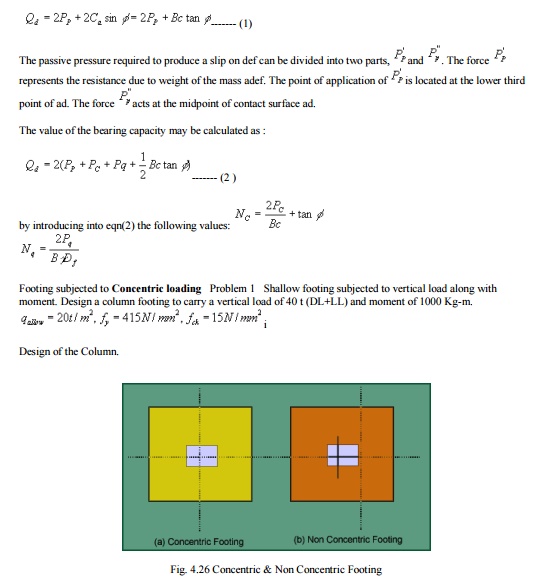
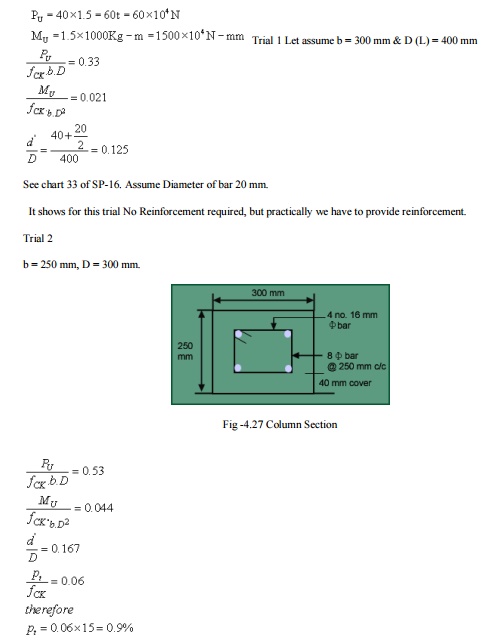
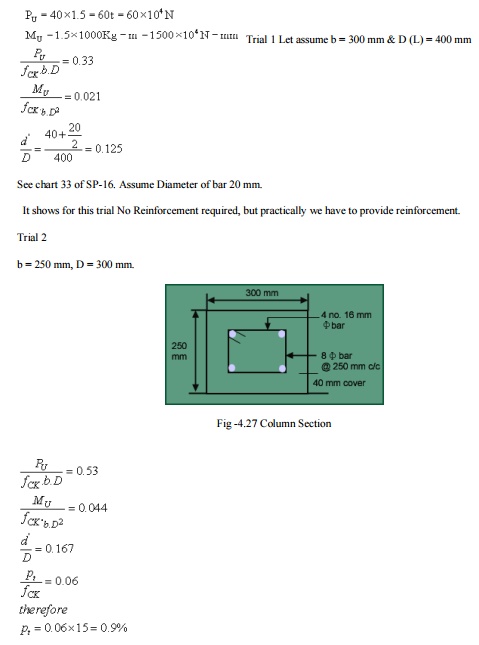
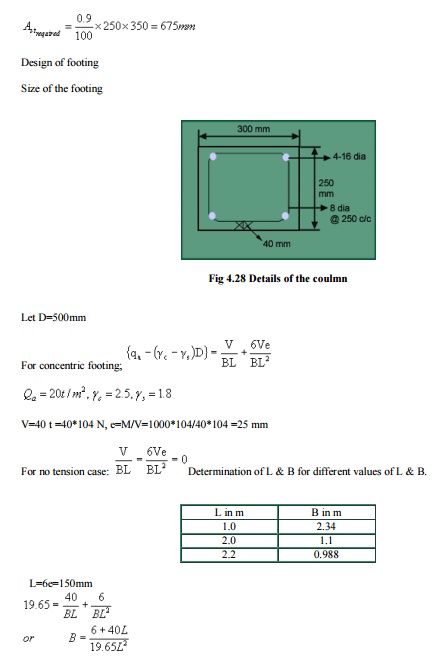
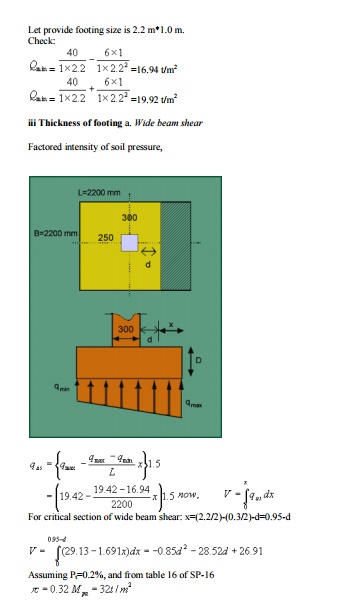
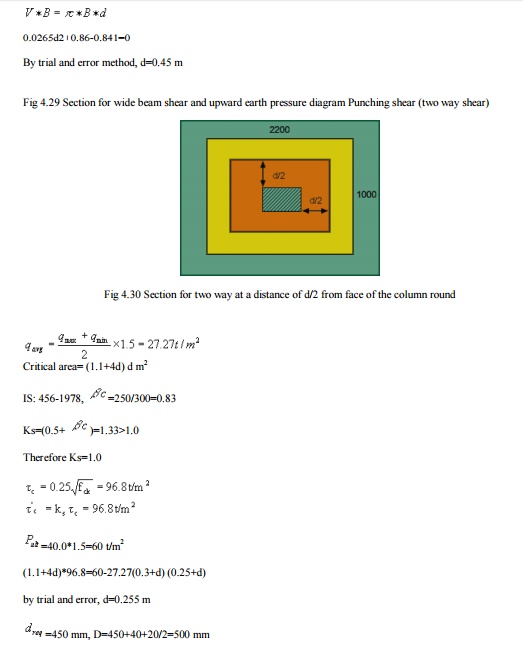
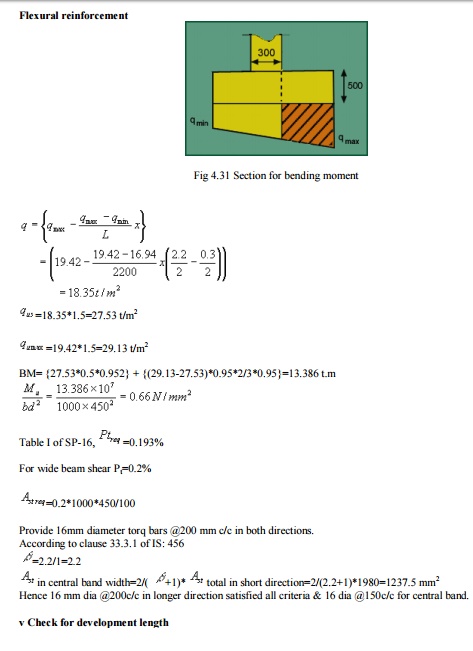
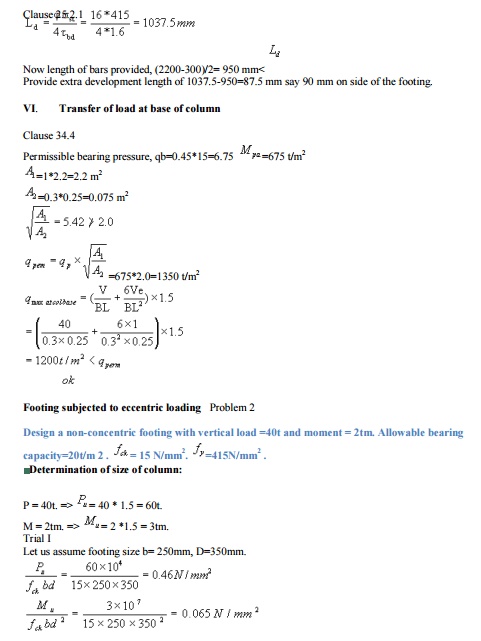
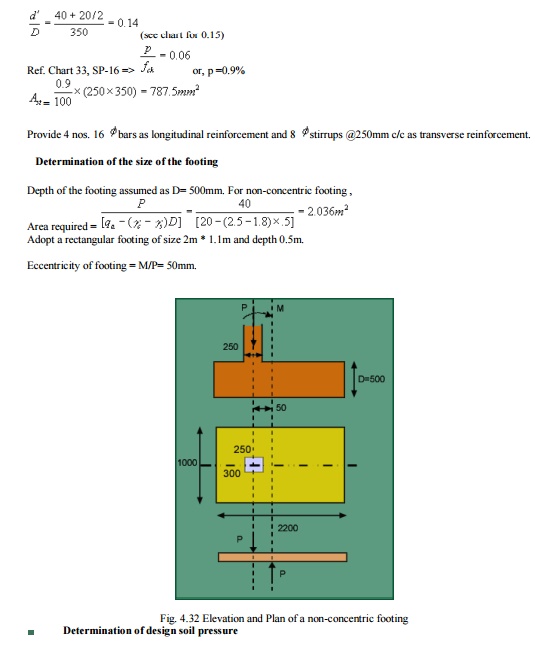
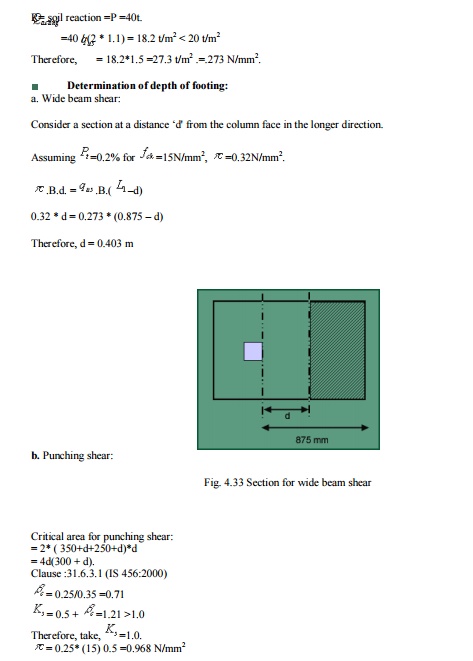
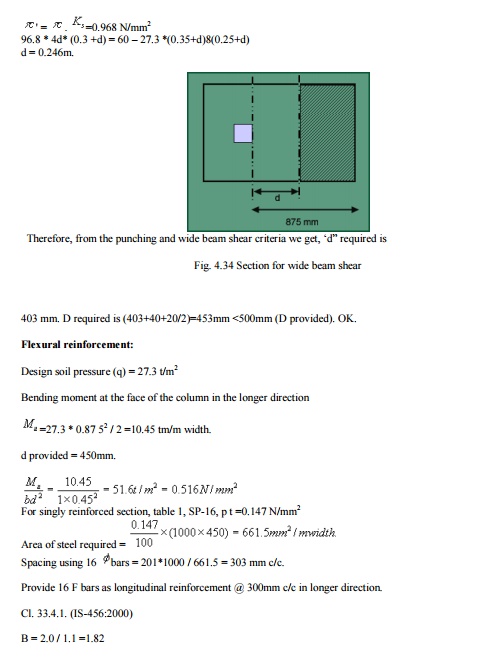
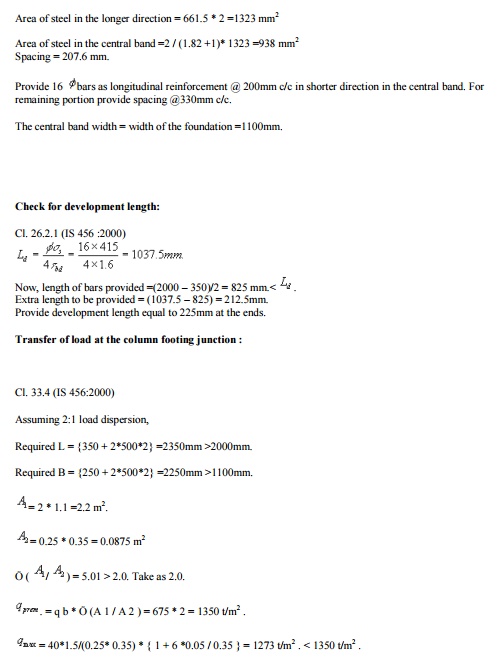

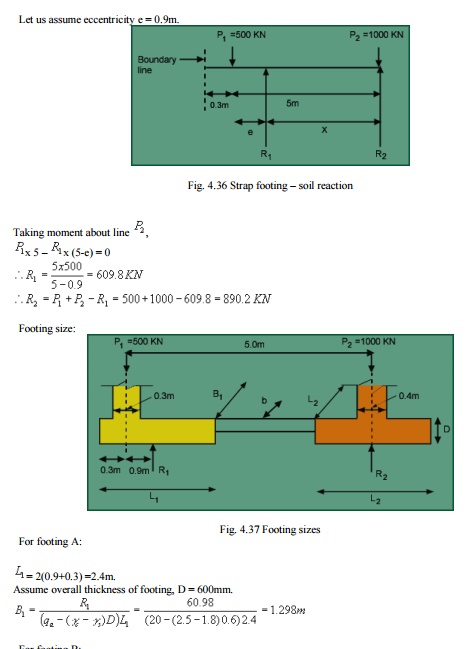
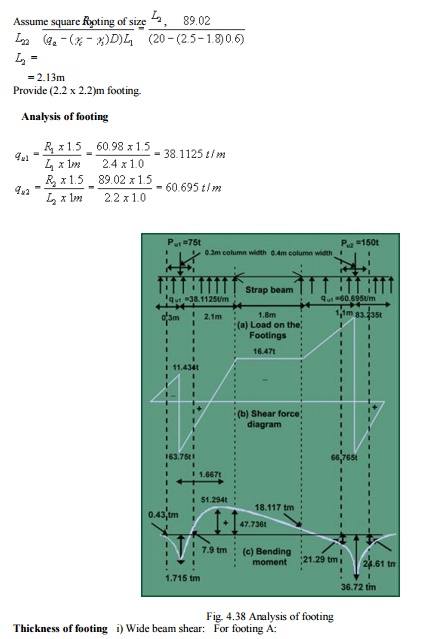

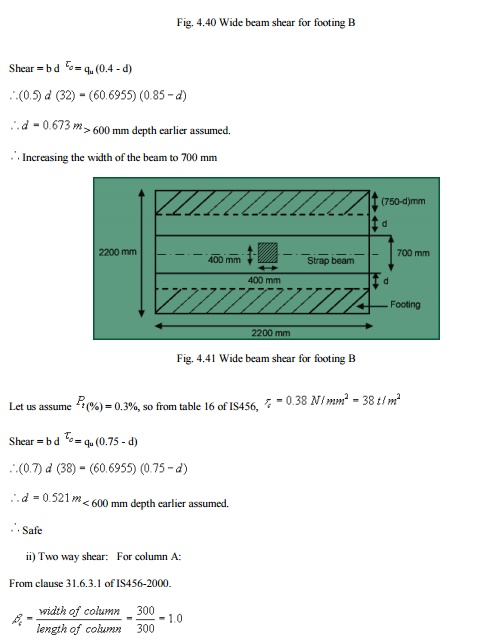
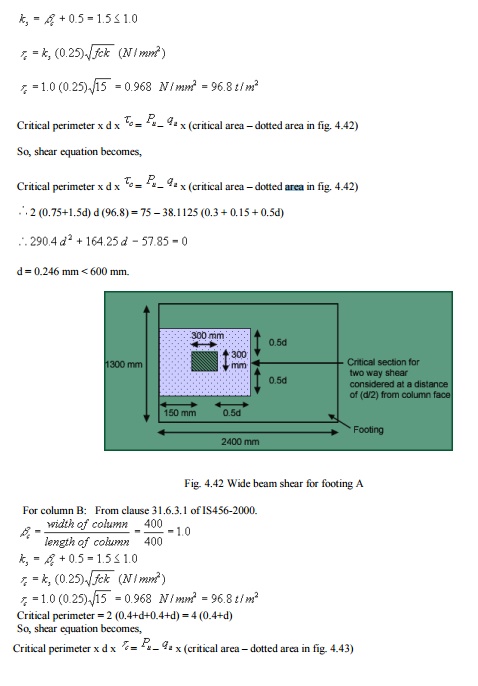
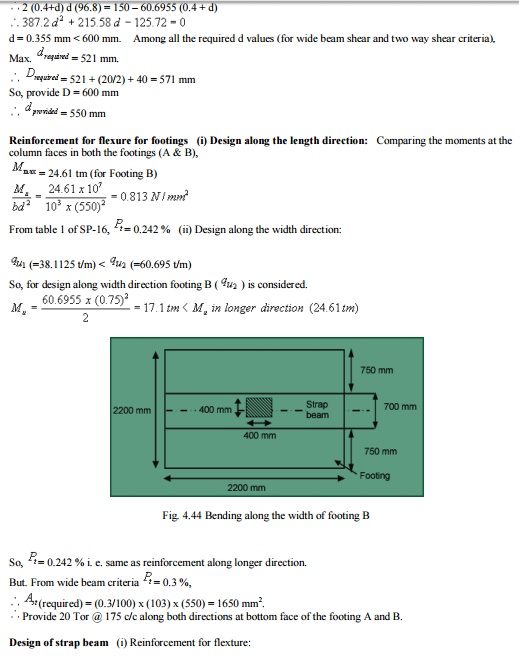
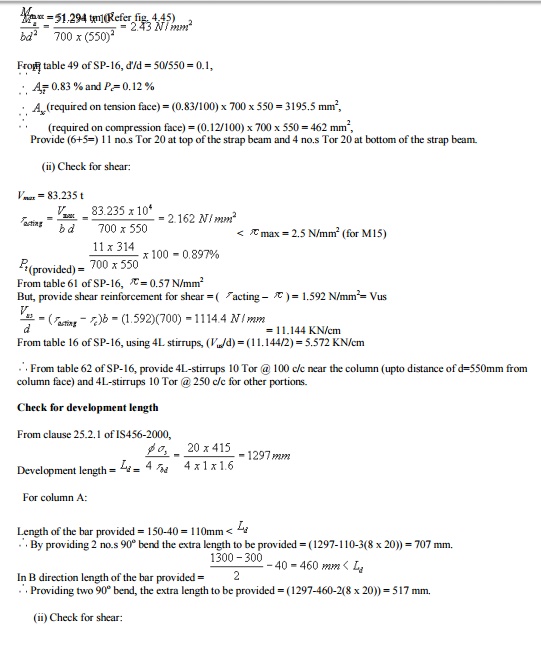
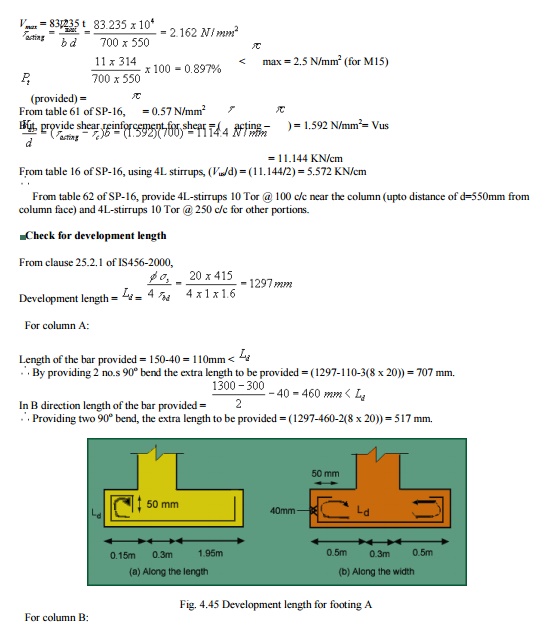

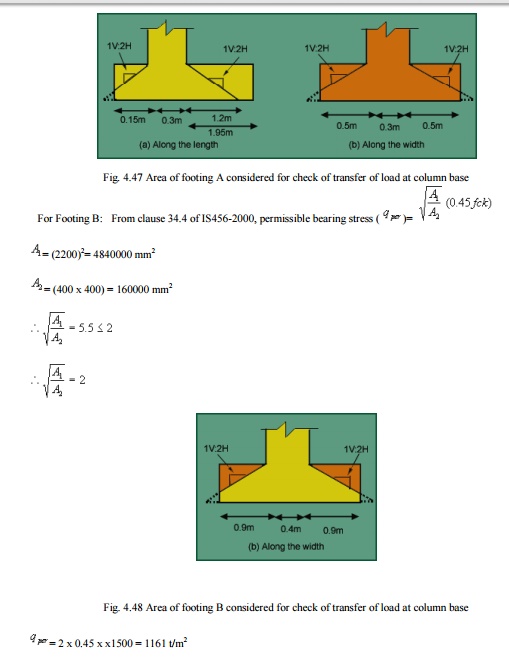

Related Topics